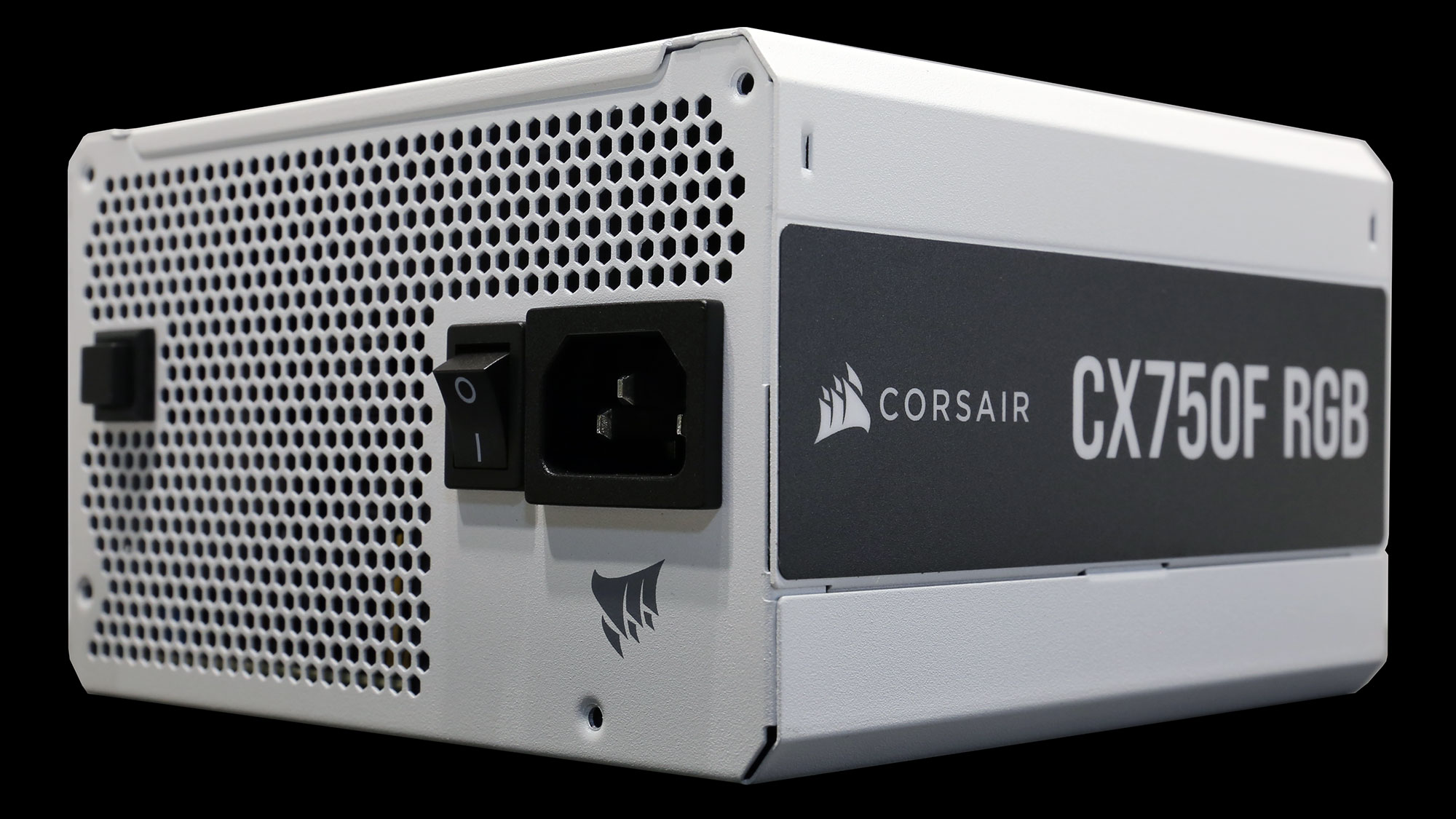The next generation of best graphics cards could be able to gulp up to 600 watts of power directly from the PSU. Just weeks ago Intel introduced its biggest update to its ATX specification since 2003, and this week the company rolled out version 2.0 of its ATX12VO standard that was launched back in April 2020.
The new ATX12VO spec adds a 12VHPWR connector, one of the key features of the ATX 3.0 standard. The new ATX12VO standard largely relies on the ATX 3.0 specification introduced a few weeks ago, but not all features of the latter will necessarily be a part of the former and vice versa.
The new 12+4-pin 12VHPWR connector can supply 150W, 300W, 450W, or 600W of power to an add-on card, like a GPU, using 12 rails. It also has four pins to communicate the power limit a PSU can stream to any PCIe 5.0-compliant add-in-board (AIBs). Keeping in mind that such cards — which are getting physically bigger and more power hungry, as we can observe with GPUs — are the future of computing, adding a 12VHPWR connector to PSUs is crucially important.
The addition of 12VHPWR plug support to ATX12VO power supplies should not be too complicated as they are designed to deliver 12 Volts to clients (e.g, motherboards, AIBs) and eliminate all other types of conversion inside the PSU to reduce their complexity and power consumption. However, this will surely make these PSUs a little more expensive since they need to integrate circuitry responsible for communications with add-in-boards.
But the addition of 12VHPWR is not the only innovation in the ATX12VO 2.0 spec. The new standard also adds support for the I_PSU% feature to desktop platforms, which was previously it was only available for mobile and server systems. We followed up with Intel, and the company shared the following details:
“A newly defined telemetry pin in the ATX12VO connector allows the PSU to report the percentage of total power being used by the system:”
- By making the telemetry based on percentage of PSU rating, the I_PSU% signal will be supported and work with any and all PSU wattages with a single circuit design.
- System can then protect itself from the PSU shutting down & CPU will be notified when to slow down to protect the system and PSU going past its limits.
- Benefit to SFF systems that cannot put in very large PSUs based on Theoretical Max of all system components.
- Potential BOM optimization as well – right sizing the PSU vs. building in extra PSU size.
“Power supplies based on the ATX 3.0 and ATX12VO 2.0 standards will ensure anyone looking to get the most stable and cost optimized performance possible with highest power efficiency out of their desktop PCs will be able to do so – both now and in the future,” said Stephen Eastman, Intel platform power specialist.
